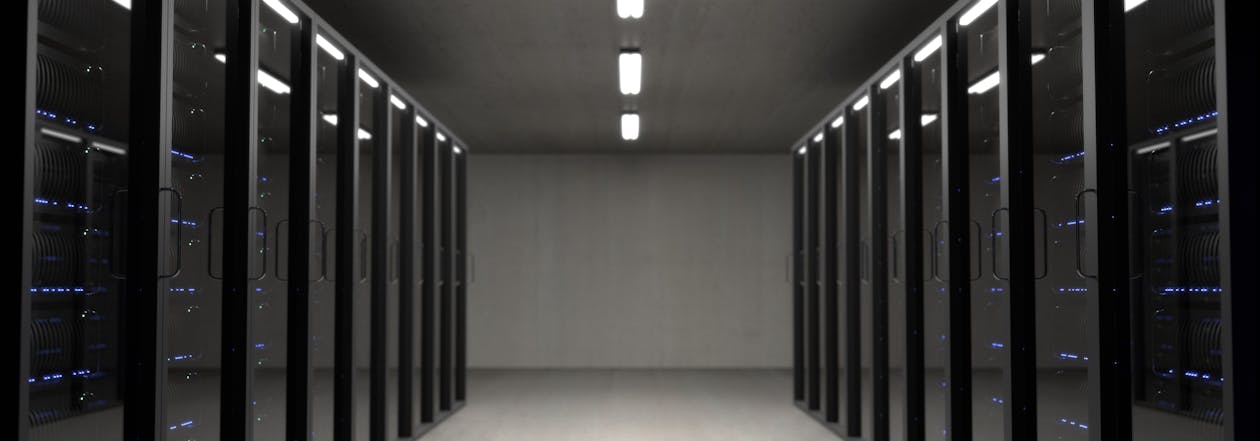16 Feb The “Great Resignation” and its Impact
Where does the data go after workers leave?

Massive shifts in economic and social cultures are turning points, and the “Great Resignation” is no exception. If you’ve kept tabs on the business world, you’re familiar with it. If not, the Great Resignation has been the shift away from both traditional and remote work via massive worker exodus, or enough it’s caused a big impact.
But it’s more than just “leaving” jobs. It’s a mixture of burnout, sickness, and unhappiness with the current work structure. When the adoption of remote working ramped up in 2021, people realized they were very unsatisfied with worker conditions everywhere. Lack of respect, problems with management, low pay, overwhelming work standards, and stress were a few problems the modern workforce had (and still has) with how things have been.
But on the other hand, some are sticking with remote work, even if they’re sick, concerned they might not find something else, or don’t take sick days at all. Others are happy to leave their jobs for remote work. The rest get burned out with remote options, overwhelmed with anxieties caused by hybrid environments.
Surveys conducted with workers who left their jobs found that it was due to mental stress, unhappiness, and unhealthy workloads. That’s only a small sample in a bigger field of problems, but I won’t get too far into that. Rather, we need to look at the larger consequences and impacts this has on both cybersecurity and the future workforce.
Thinking about the risk factors
The Great Resignation is not just a social and economic shift caused by outdated working conditions. It’s also a fault line in cybersecurity integrity as a whole.
First, consider the exodus of staff as a major risk factor. Staff who leave a business carry with them critical business data and information. That could be as simple as logins, passwords, and email contacts. Or, potential trade and company secrets. The Resignation event, then, creates a chaotic foundation, a blast furnace by which exiting staff leak critical business data, whether accidental or otherwise. And if it is intentional, businesses must contend with a “malicious ex-employee” dynamic.
Adding to that problem, companies lack visibility about what information is “leaking.” In other words, they’re working with a massive blind spot, which hinders their ability to negotiate a proper defense and backup plan. How much of their data is saved on external storage devices or cloud services without their knowledge? Those are some of the questions causing security teams a considerable amount of worry. About 4.5 million people left their jobs in 2021, so you can imagine the sheer deluge of data going with them.
It creates a series of context questions. What kind of data is leaving, and with who? And, if that “data” is leaving, what material impact does it have on the enterprise in question?
Mitigation of risk
Reducing the risk(s) created from the Great Resignation amount to better cybersecurity standards and education. In the same vein, understanding the “nature” of data and where it goes, with who, and how it’s stored. However, both the Resignation and reliance on remote networks have fostered environments of literal data distance, so protecting sensitive information is easier said than done.
If nothing else, both the changing dynamic of work culture, data ownership, and Great Resignation will shape cybersecurity and IT philosophies for years to come.
For more information, you can contact Bytagig.
-Douglas James
Share this post:

Sorry, the comment form is closed at this time.